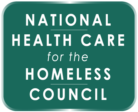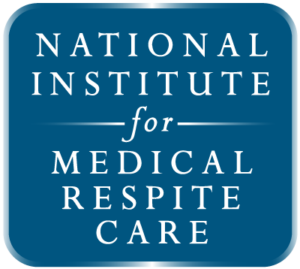Heroin and prescription drug overdoses have reached epidemic levels, spurred in part by the large number of opioids prescribed for pain. In 2012, 259 million prescriptions were written for opioids in the U.S., enough to supply every American adult with their own bottle of pills. An estimated 4.5 million people were non-medical users of prescription opioids in 2013, and an estimated 289,000 were heroin users. Misuse of prescription opioids is a pathway to heroin use; four in five new heroin users started out misusing prescription painkillers, resulting in the rate of heroin overdose deaths nearly quadrupling from 2000 to 2013. A 2014 survey of people in treatment for opioid addiction found that 94% of respondents had moved to heroin because prescription opioids were more expensive and harder to obtain.4 The result is that drug overdose deaths have surpassed car accidents and firearms as the leading cause of injury and death in the U.S. In 2014, 47,000 Americans died of drug overdoses, more than any other year on record, and opiate overdoses accounted for more than half of those deaths, with prescription
painkillers causing 18,900 deaths and heroin causing 10,600. At the same time non-lethal complications related to opioid use have resulted in increased hospitalizations. One study found that hospitalizations related to opioid abuse increased from over 301,000 in 2002 to over 520,000 in 20126, and another study found that from 2005 to 2011, emergency department visits involving the non-medical use of prescription opioids increased by 117%, up from just over 168,000 in 2005 to more than 365,000 in 2011.
Medication-Assisted Treatment: Buprenorphine in the HCH Community
Categories:
Behavioral Health, Chronic Disease, Clinical Practice, Medication Assisted Treatment, Substance Use, Substance Use Disorder

